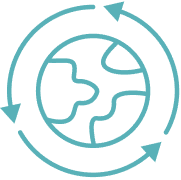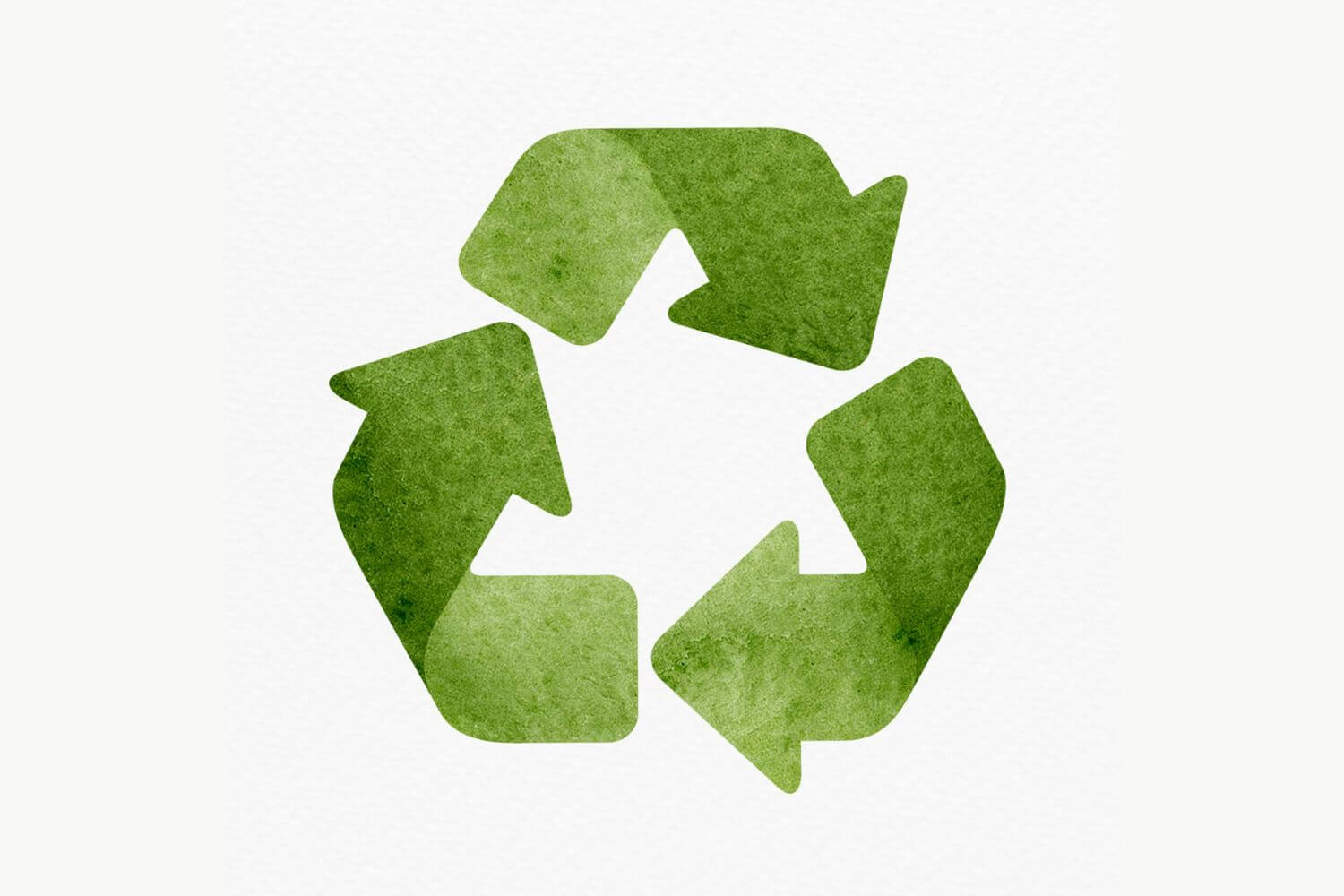Recycling
What do we mean by recycling exactly? And how does this circular solution build into our options?
Tom Szaky, in his book “Waste – Consciously”, gives a very good illustration of our options, setting up his own 9-step waste pyramid, which can also be applied to electronic products.
| The most sustainable | |||
| Prevention of waste generation | 1. | Give up shopping | No new goods need to be produced |
| 2. | Buying used goods | ||
| 3. | Buying durable goods | Reduction in the amount of unusable end products | |
| 4. | Making an informed purchase | ||
| Management of the waste generated | 5. | Re-use | Circular solutions |
| 6. | Upcycling | ||
| 7. | Recycling | ||
| 8. | Trash incineration | Linear solutions | |
| 9. | Landfilling | ||
| The least sustainable | |||
Let us highlight some important concepts from the table above:
By reuse, the author means reuse as understood by legislators. Reuse, he says, considers all three aspects of rubbish to be of value: its composition, its form and the purpose for which it is used. A typical case is when we sell a camera on Vatera or Ebay, which is bought by someone who will continue to use it and take pictures with it.
By upcycling, he means when the form and components are conserved but the intended use is changed. Such is the case of the monitor becoming a cat house.
And we can talk about recycling, according to Tom Szaky, if we only consider the components of the product to be valuable, but do not want to keep the form and the way it is used. By the way, this definition also corresponds to the legislative definition. This is the case, for example, when a vacuum cleaner is broken down into its material fractions by a waste treatment operator, and the fractions that can be recycled back into production (e.g. metals) are recycled and reused by an industry to make a new product.
The theory of the 3Rs may also be familiar: reduce, reuse and recycle. This has been broadened to 9 and even 10R in recent years, as shown in the figure below (according to the theory of R10, R0 is refuse):







